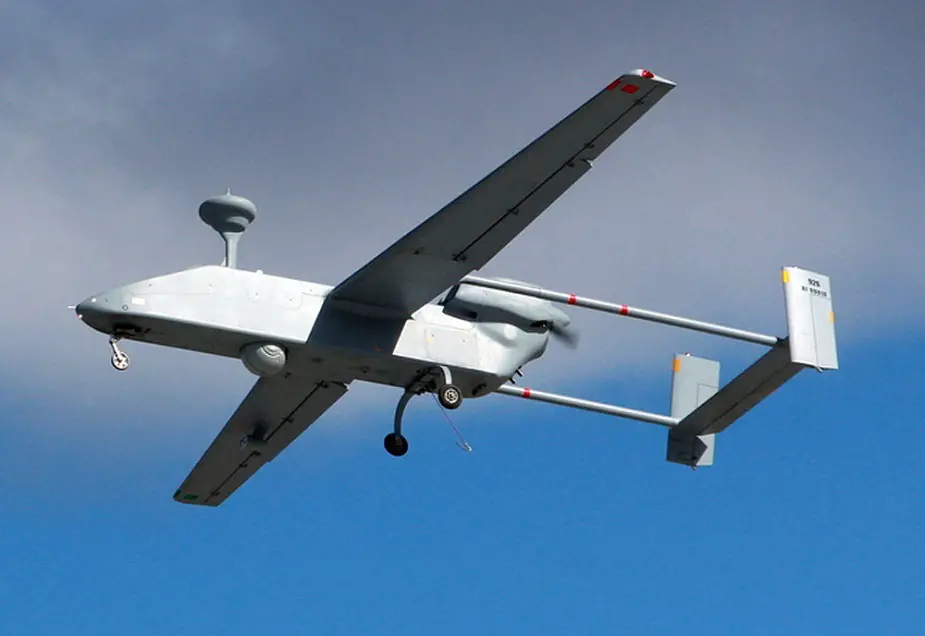The Russian military detected over five thousand foreign reconnaissance drones approaching the Crimean coast in the past five years. NATO is soon to get a new US Global Hawk drone for air reconnaissance of ground targets. Gazeta.ru writes whether Russia has a response.
 Forpost (Picture source: Russian MoD)
Forpost (Picture source: Russian MoD)
"In 2012, UZGA began licensed assembly of Israeli Searcher Mk II drones designed in 1990s as Forpost UAV," expert Konstantin Makienko said.
Initially, Israeli sets were assembled and localization began later. The drones were engaged in Syria. The complex comprises three drones and a control panel. The weight is 436 kg. The drone can survey from an altitude of 5 km for 16 hours. BirdEye 400 drones of Israel Aerospace Industries (IAI) were also produced in Russia under Zastava name.
In 2019, the Defense Ministry received a Forpost option produced exclusively from domestic components and original technical solutions. Trials of the combat Forpost-M were reported. The drone l has a radar, optical systems and guided air bombs.
The situation with Altair did not develop smoothly. "The leadership of Tatarstan wanted the research and competences to remain in the republic. Negotiations between the involved parties resulted in a compromise. The new producer will implement the project in Tatarstan. UZGA created an affiliate in Kazan for that," Fedutinov said.
It employed key experts which were dismissed from the Simonov bureau. "The affiliate in Kazan is developing the heavy drone," Fedutinov said.
Altair glider has a normal aerodynamic scheme with a highly located big wing and V-shaped fins. The takeoff weight reportedly comprises 7.5 tons. The wingspan is 28.5 meters. The drone has a three-support wheeled retractable chassis.
The wing carries two diesel engines A03/V-12 of 500 HP each with turbocharging and liquid cooling. Composite materials are widely used.
Available data say the drone is able to fly for two days. The range is not limited by the direct-visibility communication channel, as satellite communications are also used.
Payload can include optical reconnaissance stations and a side-view radar. The drone is presumably equipped with a stabilized optical-electronic surveillance system comprising a heat imaging channel with uncooled detector and high-resolution cameras of the visible range installed on a stabilized rotating platform. The radar is likely installed in the central fuselage. The total payload can exceed one ton.
Altair was upgraded and ground trials held. On August 16, 2019, the upgraded Altair made the maiden flight. It lasted for 32 minutes at an altitude of 800 meters in an automatic regime. "Now Altair is undergoing flight trials. There is a lot of work in store to tune up the systems to the assigned characteristics. The use of A03 engines of the German Red Aircraft GmBH causes doubts," Fedutinov said.
Firstly, there are questions regarding some parameters, including the resource. Secondly, non-localized foreign engines in a strategic reconnaissance drone pose clear political risks. "A possible solution is the transition to the VK-800S fifth-generation turboshaft engine. UZGA can launch its batch production. However, it will trigger numerous changes in the drone design," Fedutinov said.
It all means that a successful completion of the project and the fulfilment of all customer requirements will take several years, Gazeta.ru said.
© Copyright 2019 TASS. All rights reserved. This material may not be published, broadcast, rewritten or redistributed.
















